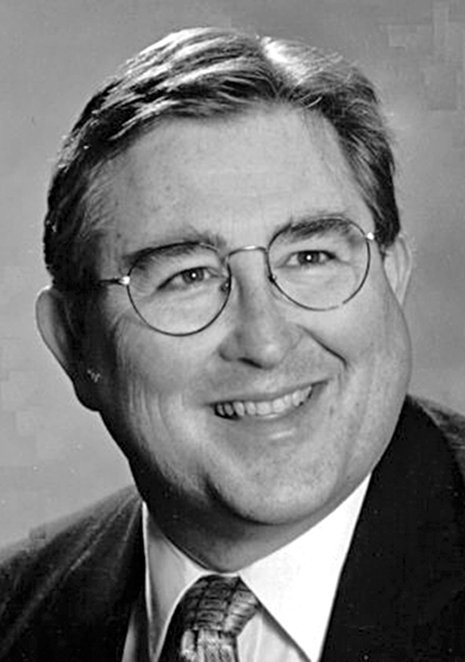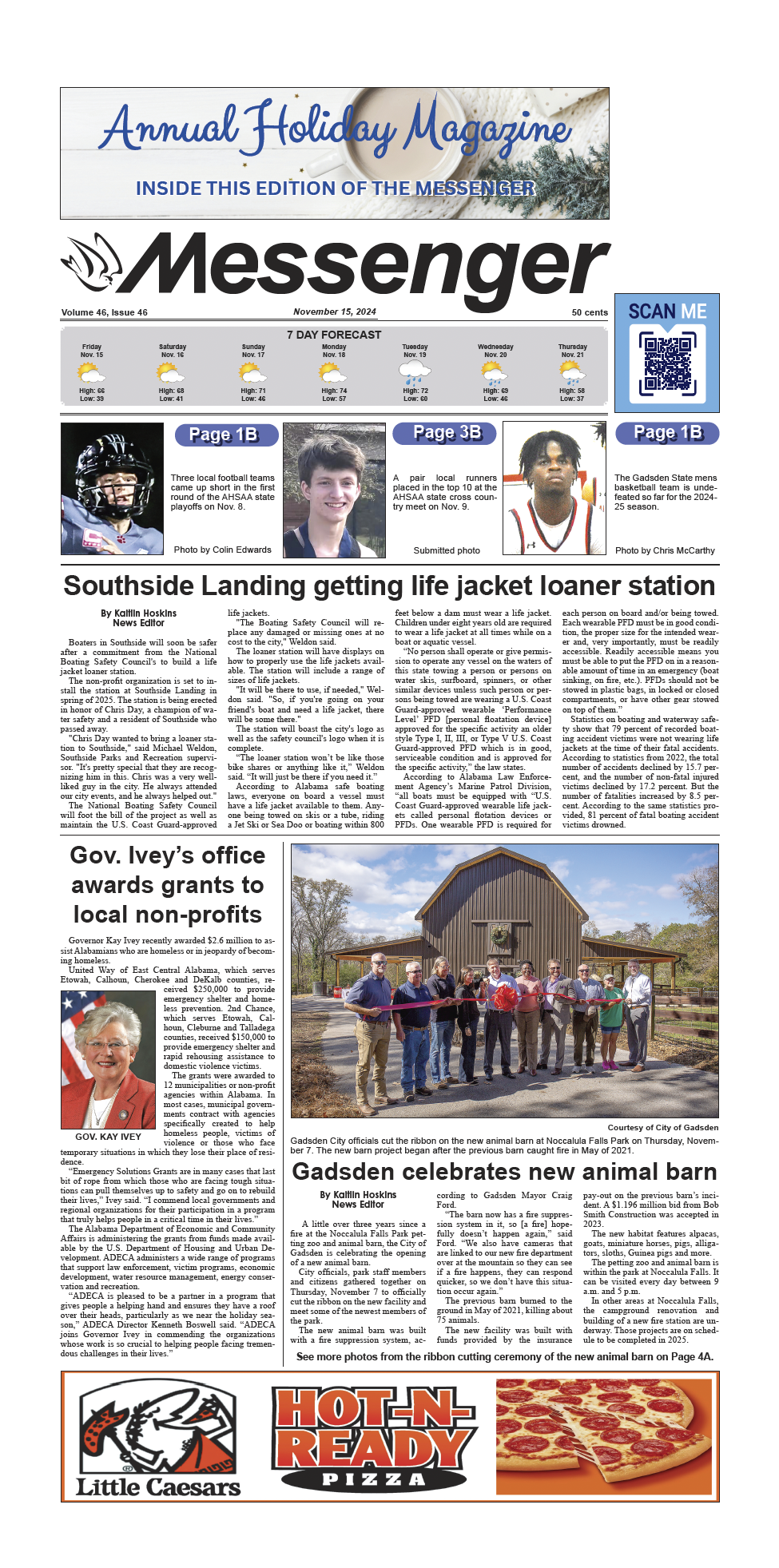By Danny Crownover
The Vagabond researched the almost insurmountable difficulty in getting the first paving done in Gadsden. All the streets in the city were beds of dust in the summer and seas of mud in the winter, many of them being almost impassable for a good portion of the year.
Just after the Civil War through the 1880s and 1890s, there were stepping or crossing stones laid down on Broad Street between Third and Sixth streets, which offered some relief from the mud and dust. There were two rows of stones at Fifth and Fourth streets, one at Court Street, one in the middle of the block between Third and Fourth streets and one on Third Street.
These stones were not smoothly cut, and their surfaces were rather rough, so much so that pedestrians often avoided them in good weather. But the stones were necessary since there were occasions when it was next to impossible to cross Broad Street without them. Back in the day,
The stones afforded the only opportunity for a man to see a pretty ankle in public, for ladies had to lift their long skirts rather high in order to escape the dirt and mud. Young men used to loiter around the corners to watch the show. Those high steps sometimes revealed a bit more than ankles.
People on the fringes of Gadsden, along with folks living in the new additions that were springing up overnight, complained about dust and mud, but they should have seen what the downtown business section had to put up with before the city fathers fought for permanent street improvement.
In wet weather, wagons mired to the hubs on Broad Street, even in front of the courthouse. It was not uncommon to see a wagon unload its contents in order to pry it out of the mud. Chestnut Street was just as bad, and the dust was simply fearful in dry spells. It was frequently necessary for stores to close their front doors during busy hours in order to escape the dust storms.
Soon after W.M. Meeks bought a local newspaper in 1869, he began advocating the paving of the sidewalks on Broad Street, urging that the cost be assessed to the property owners.
Years later, downtown businessmen paved the city sidewalks with concrete blocks manufactured at Fort Payne and Chattanooga, Tenn. Meeks, R.B. Kyle and H. Herzberg were the first to adopt this plan. Some used ordinary brick before the blocks came into being. That was 50 years before any street paving began in Gadsden.
Back in 1896 a small effort was made to put down chert. Chert was liberally laid down the following year on Broad and Chestnut streets, which provided some relief from mud but not from dust.
It was not until 1910 that the Gadsden paved Broad Street with vitrified brick. The city issued $25,000 in bonds for that purpose, only to find that it had gone about the problem the wrong way. It turned out that the only feasible plan was to assess the cost of such improvements against abutting property.
The bond money was used for another project, and the policy of making property pay brought about much complaint. Old timers said that they had been living with mud and dust all their lives and did not feel that they should pay for paved streets for coming generations to enjoy. They used every sort of argument that they could find and fought hard for that view.
Paving began on Broad Street in the midst of said complaints, but when it reached Chestnut Street between Fifth and Third streets, the trolley car line went to court to halt the project. The trolley company contented that the city could not legally charge street improvement to property owners. The argument was upheld by the circuit court but promptly denied by the state supreme court.
This opposition to the street paving project eventually died out, and it was difficult to keep up with demand for concrete sidewalks and permanent streets. The first sidewalk curbing was 2×12 pin boards, which were kept in place by wooden stakes. The first curb paving on Broad Street were granite blocks from Stone Mountain, Ga. Some of these blocks can still be seen on Fourth Street by the old courthouse location between Broad and Locust streets.




